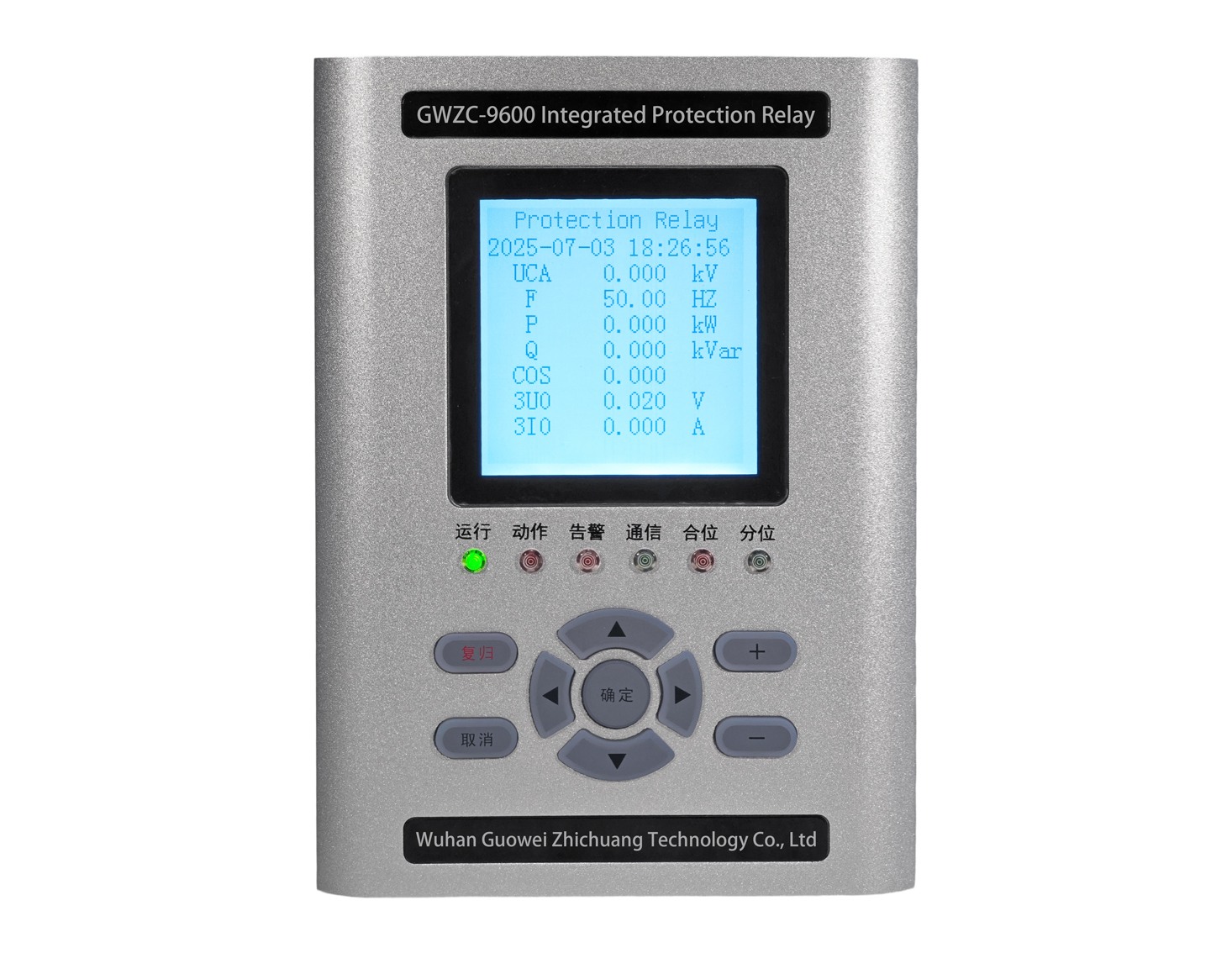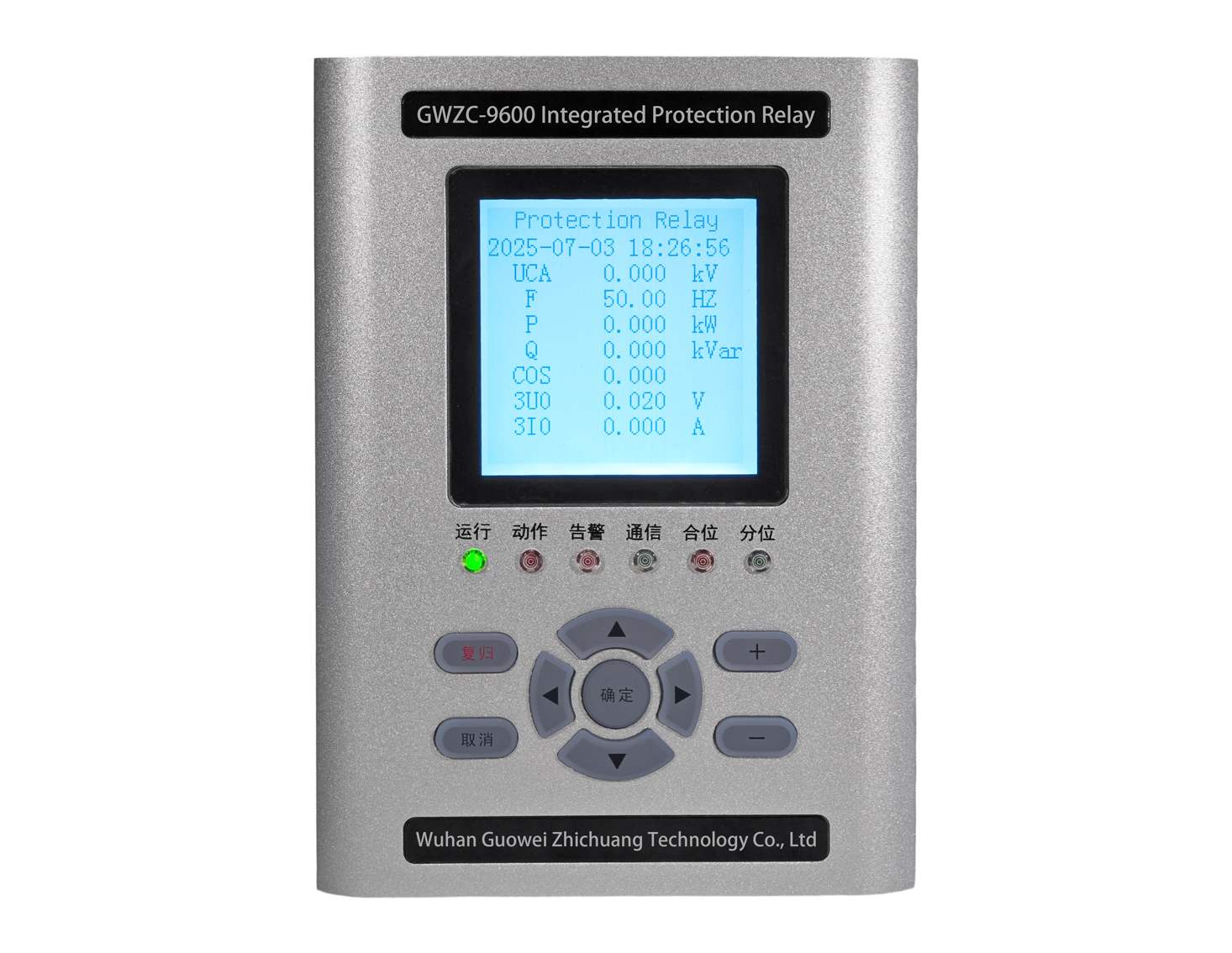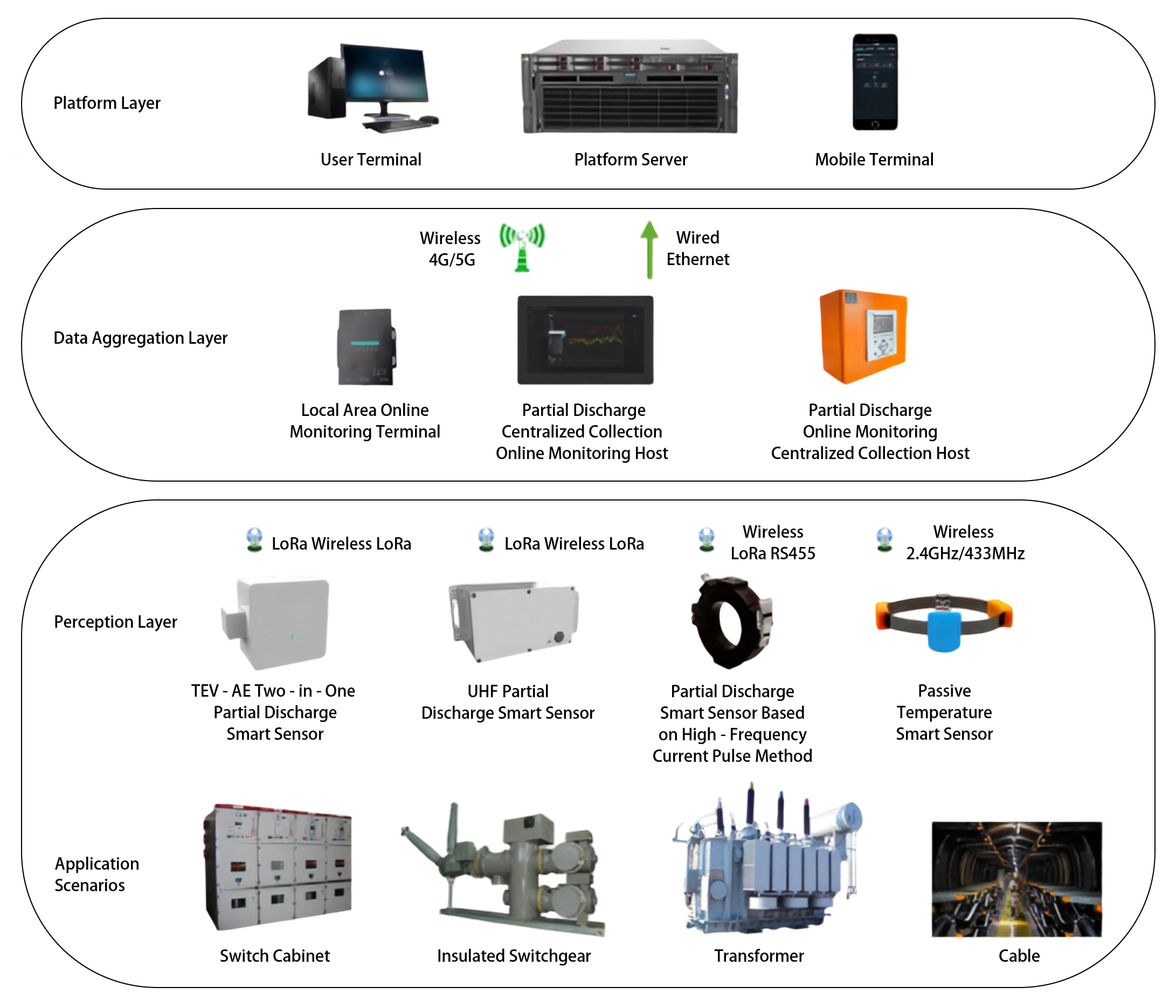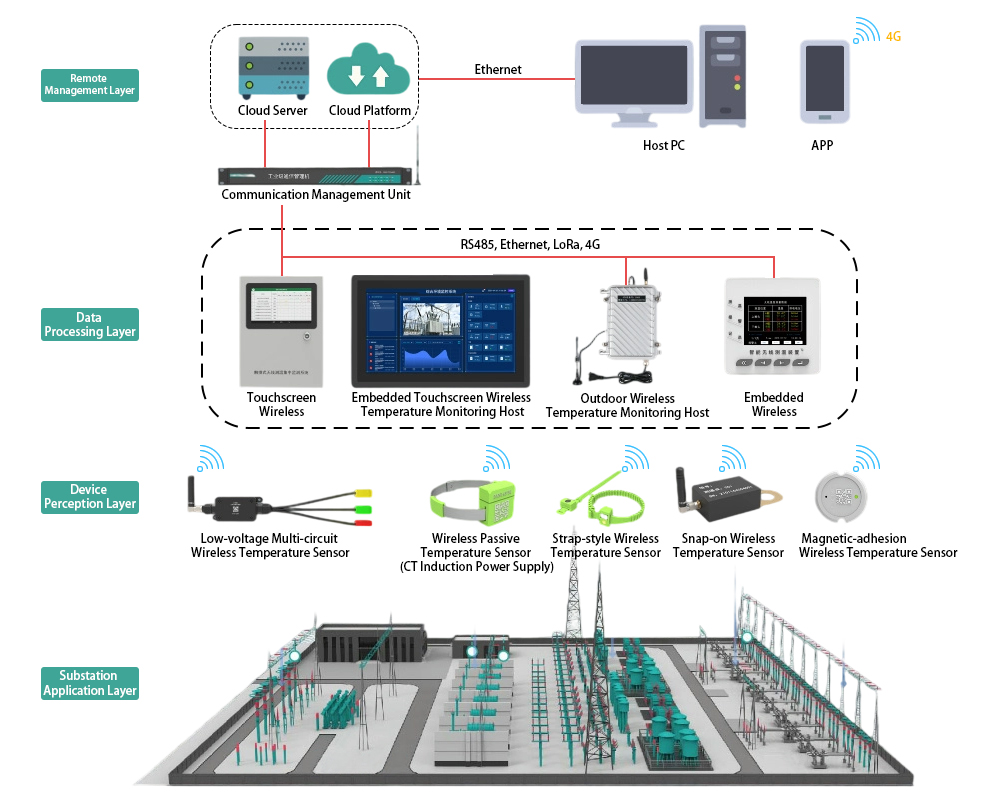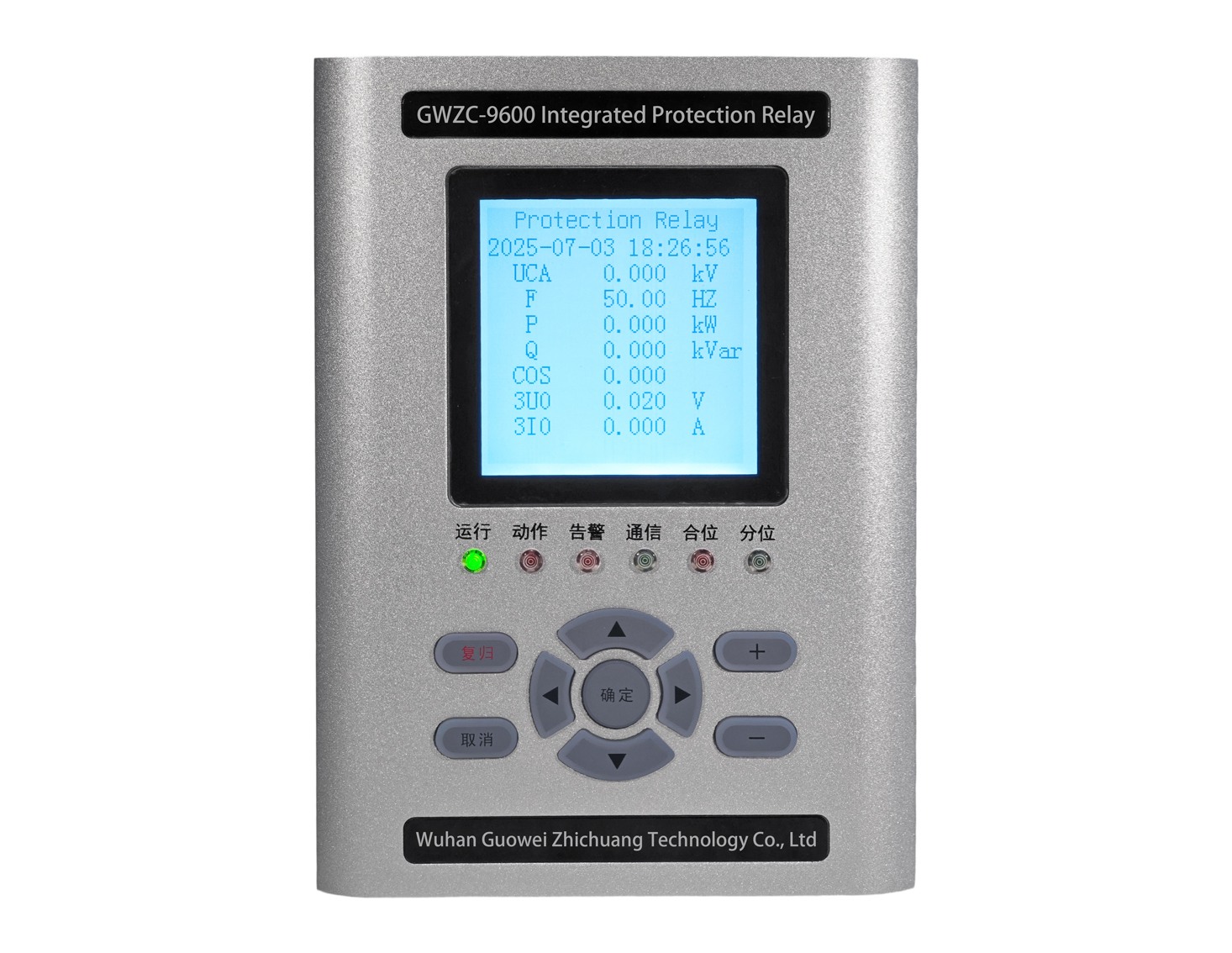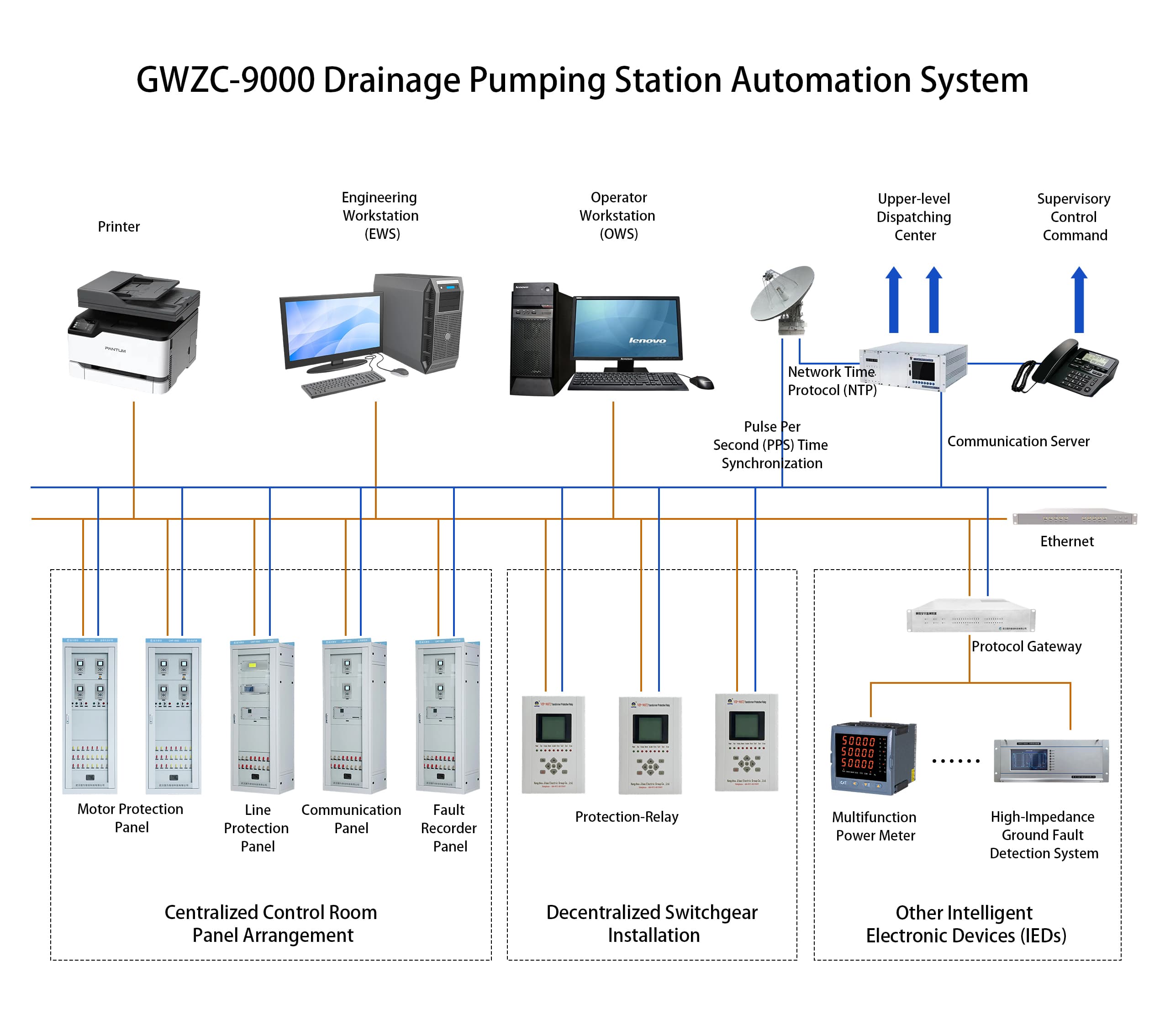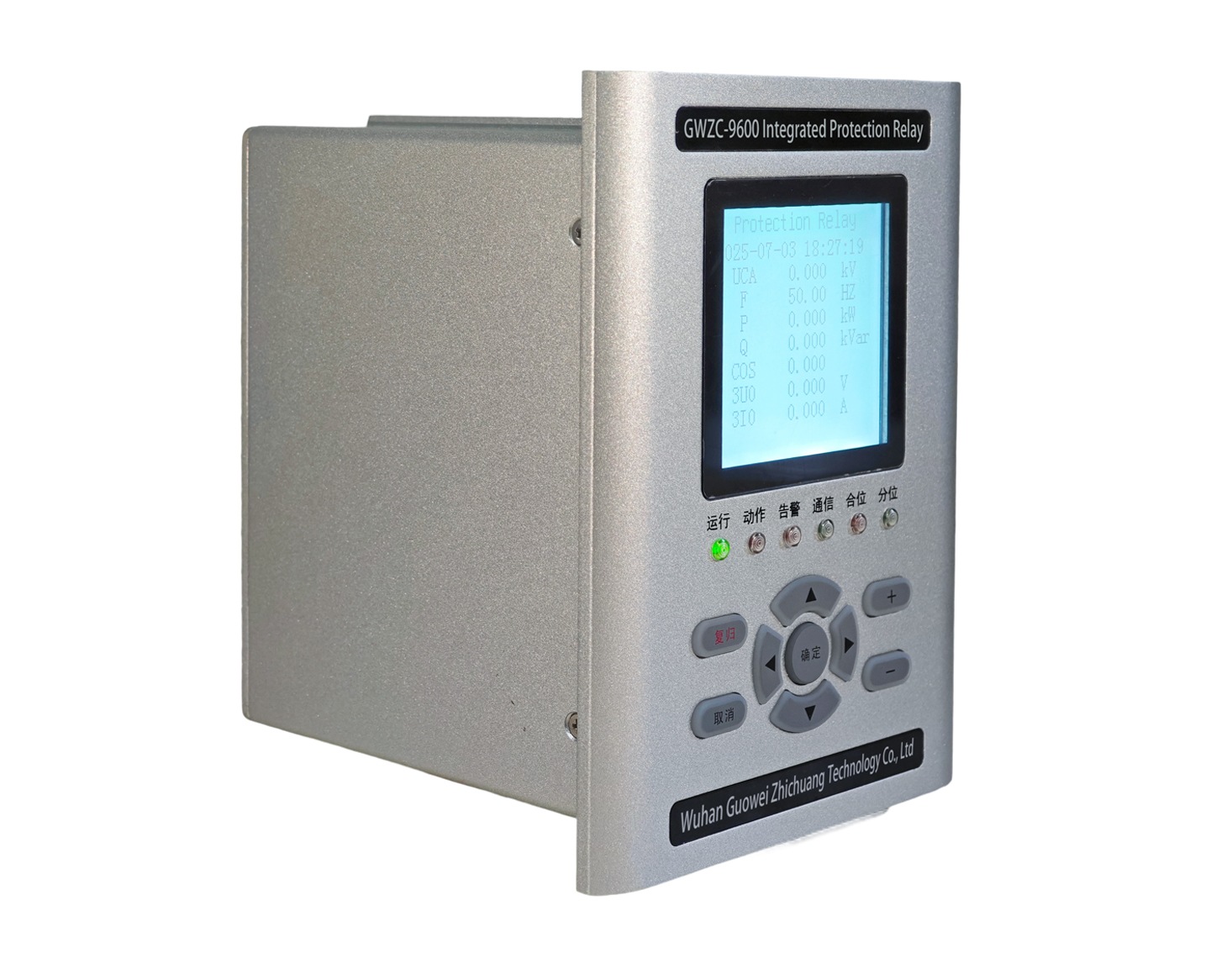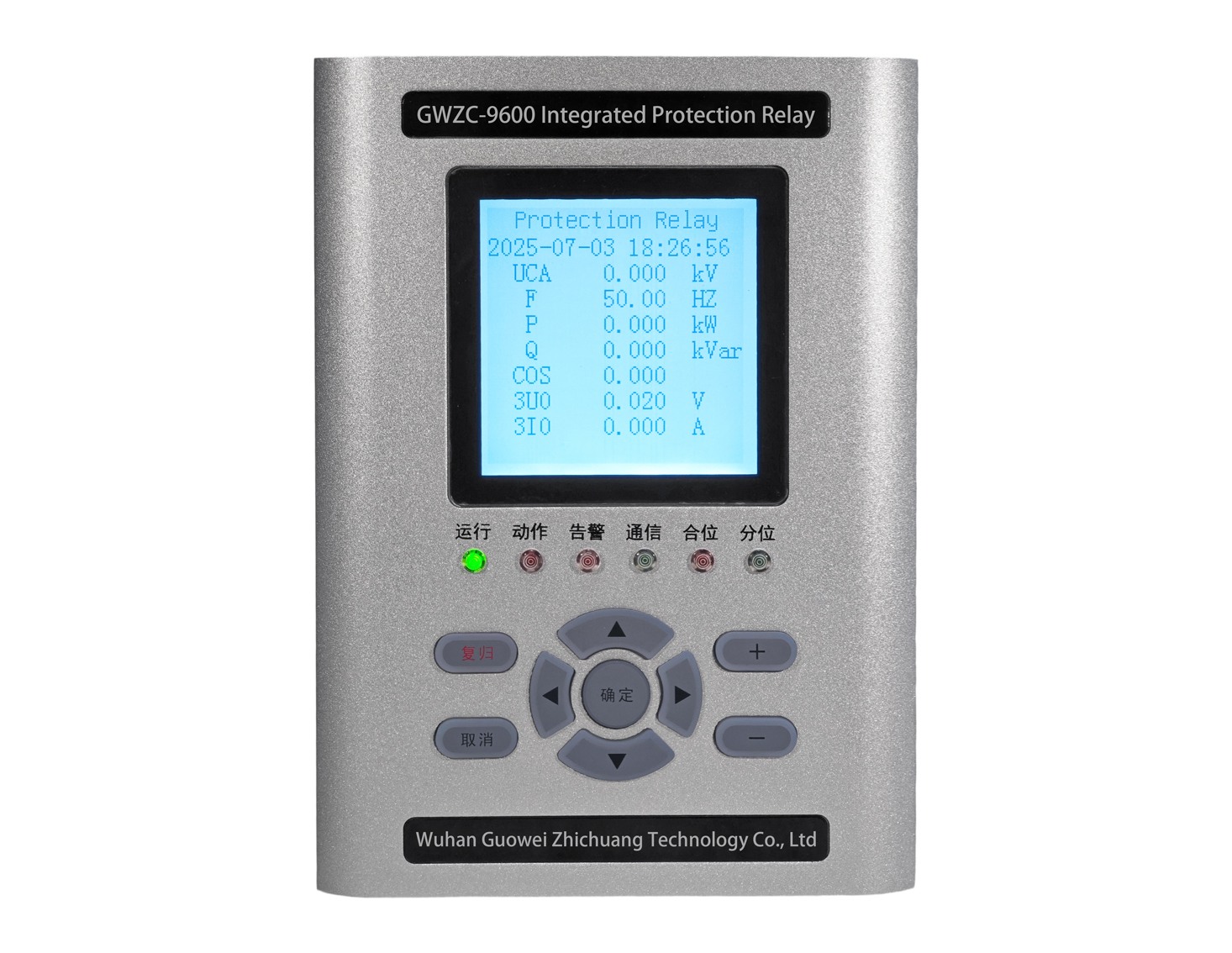
Based on search results, the global research and development (R&D) capabilities in the relay industry are unevenly distributed. Many countries still rely on imports or lack independent R&D capabilities for high-end relays (such as high-voltage, high-reliability, aerospace/military-grade relays). Below is an overview of countries or regions with limited or no capability to develop protection relays:
1. Developing and Emerging Economies
Many developing countries (e.g., in Africa, Latin America, and parts of Southeast Asia) lack a complete relay industry chain, particularly for high-value-added, high-tech relay products. These nations typically rely on imports, especially from China, Japan, Europe, and the U.S.
For example, Southeast Asian countries (e.g., Vietnam, Thailand) have some electronics manufacturing capabilities but still depend on foreign technology for high-end relays (e.g., high-voltage DC relays, aerospace-grade relays).
2. Some Middle Eastern and African Countries
These regions have relatively weak industrial foundations, and their relay markets depend heavily on imports, particularly for high-end relays used in power systems and industrial automation.
For instance, countries like Saudi Arabia and Turkey have demand for power infrastructure but possess limited domestic R&D capabilities in relays, relying mainly on suppliers from Europe, the U.S., or China.
3. Certain Eastern European Countries
Apart from industrial powerhouses like Germany and France, some Eastern European nations (e.g., Ukraine, Romania) lag in relay R&D, particularly in high-reliability and military-grade relay production.
4. Some South Asian Countries
While India has some relay manufacturing capabilities, it still imports high-end relays (e.g., RF relays, high-voltage DC relays), especially for aerospace and military applications.
5. Latin American Countries
Countries like Brazil and Mexico have some manufacturing capabilities but still depend on European, U.S., and Asian suppliers for core relay technologies, particularly in emerging fields such as new energy vehicles and smart grids.
Conclusion
Globally, relay R&D capabilities are highly concentrated in a few countries, such as China, the U.S., Japan, and Germany. Many developing and emerging economies, due to weak industrial foundations and insufficient R&D investment, still rely on imported high-end relay products. This is especially true for specialized applications like aerospace, military, and high-voltage DC relays, where the technical barriers are high, and only a handful of nations possess full R&D capabilities.
